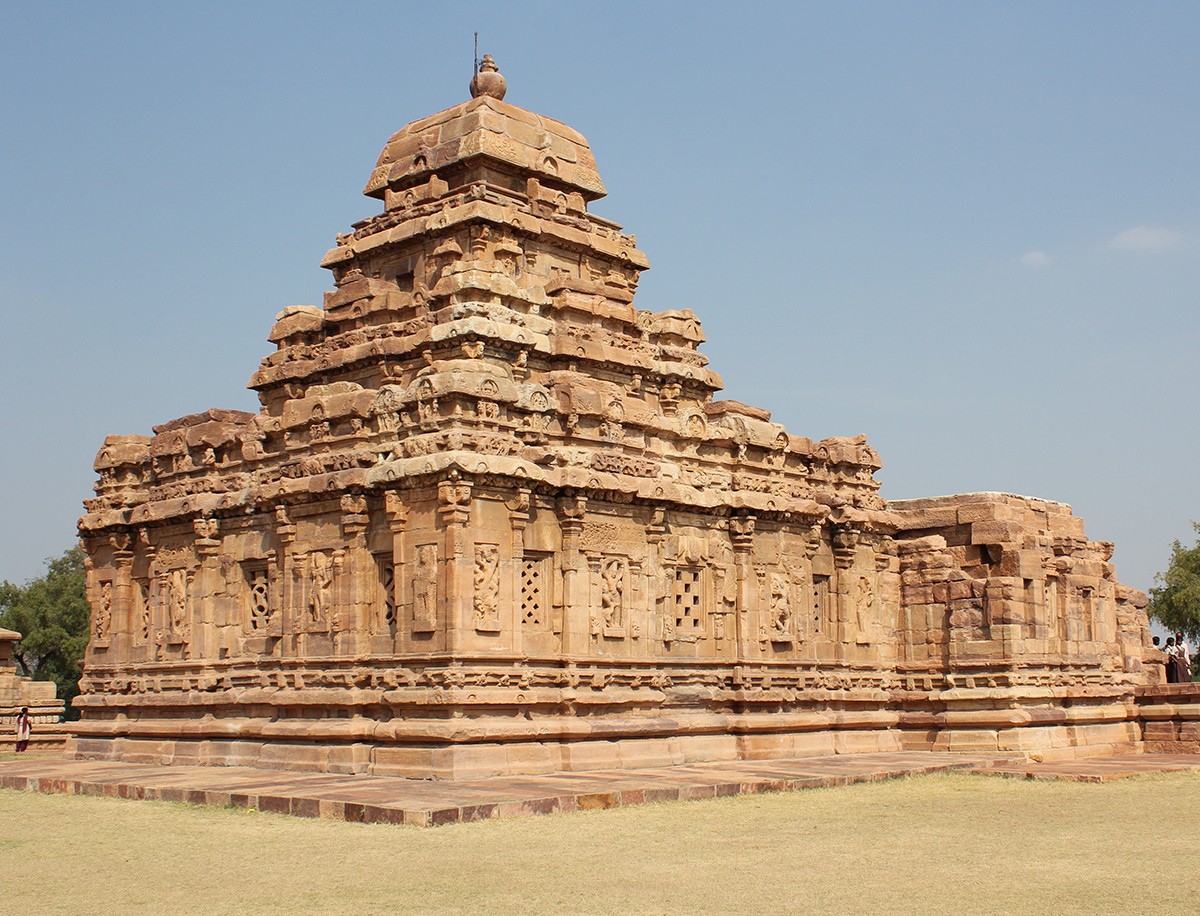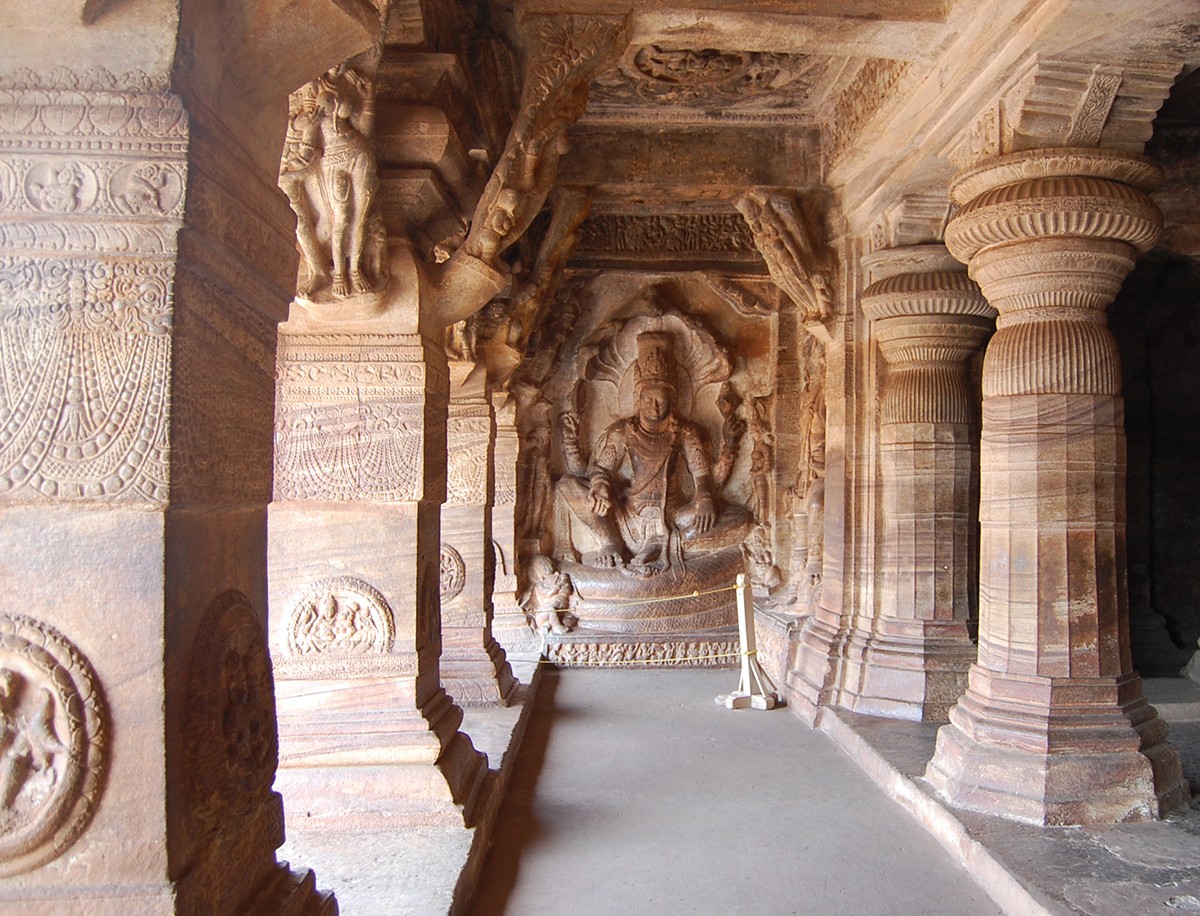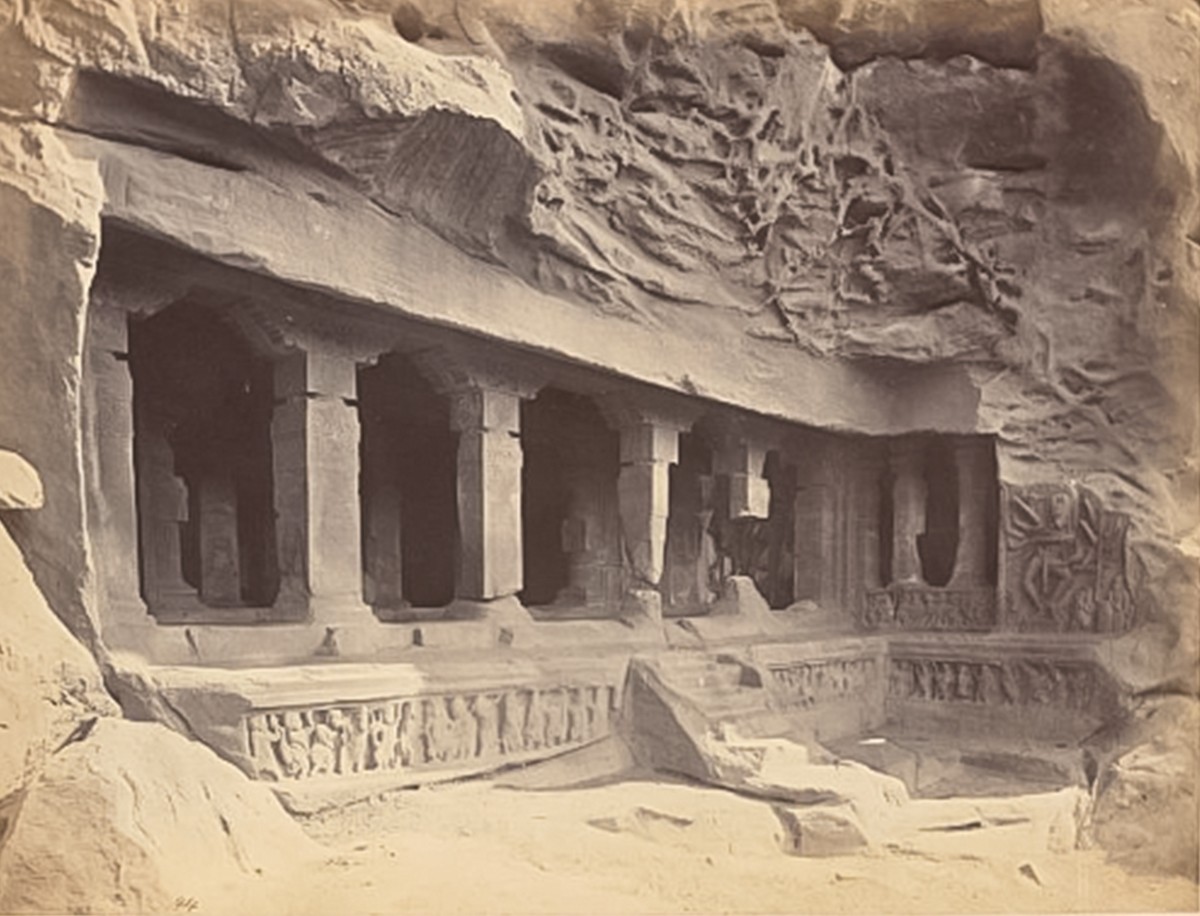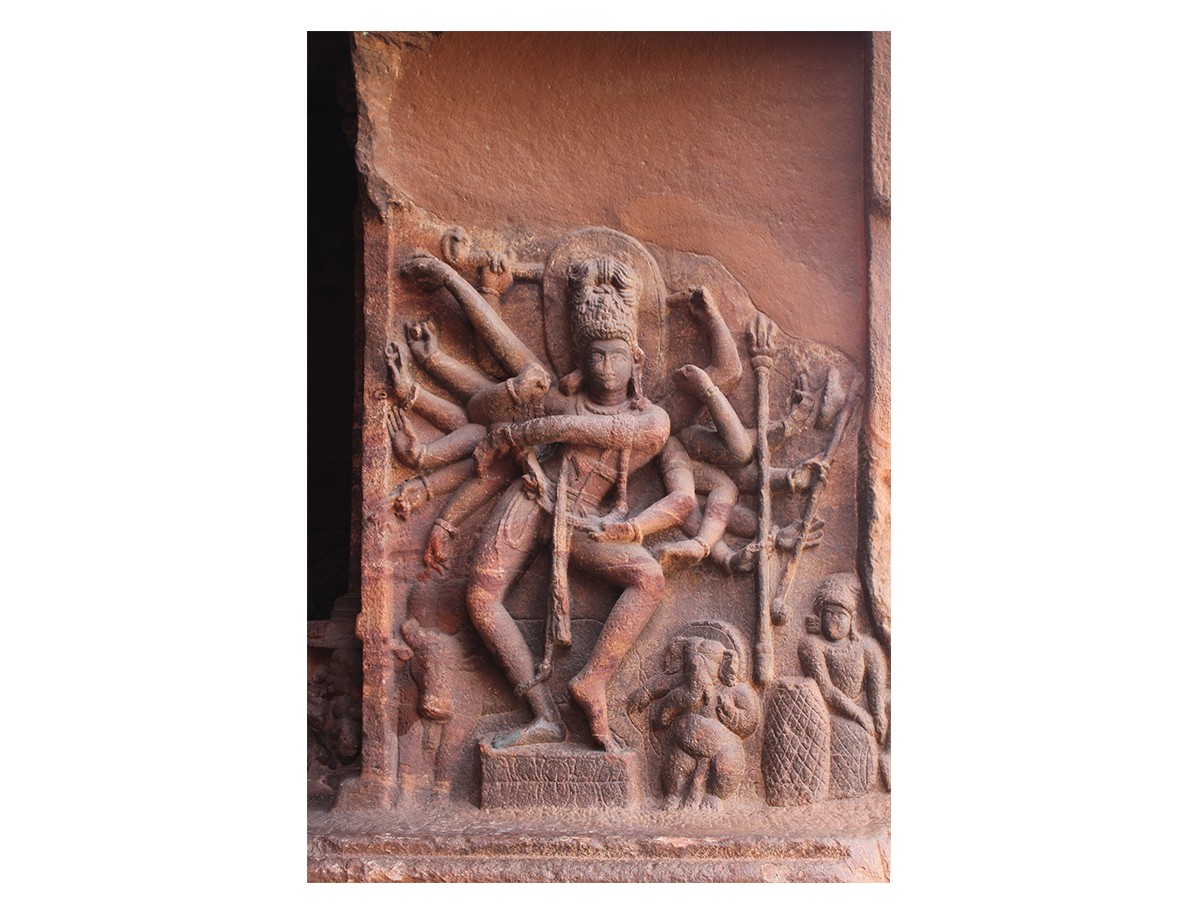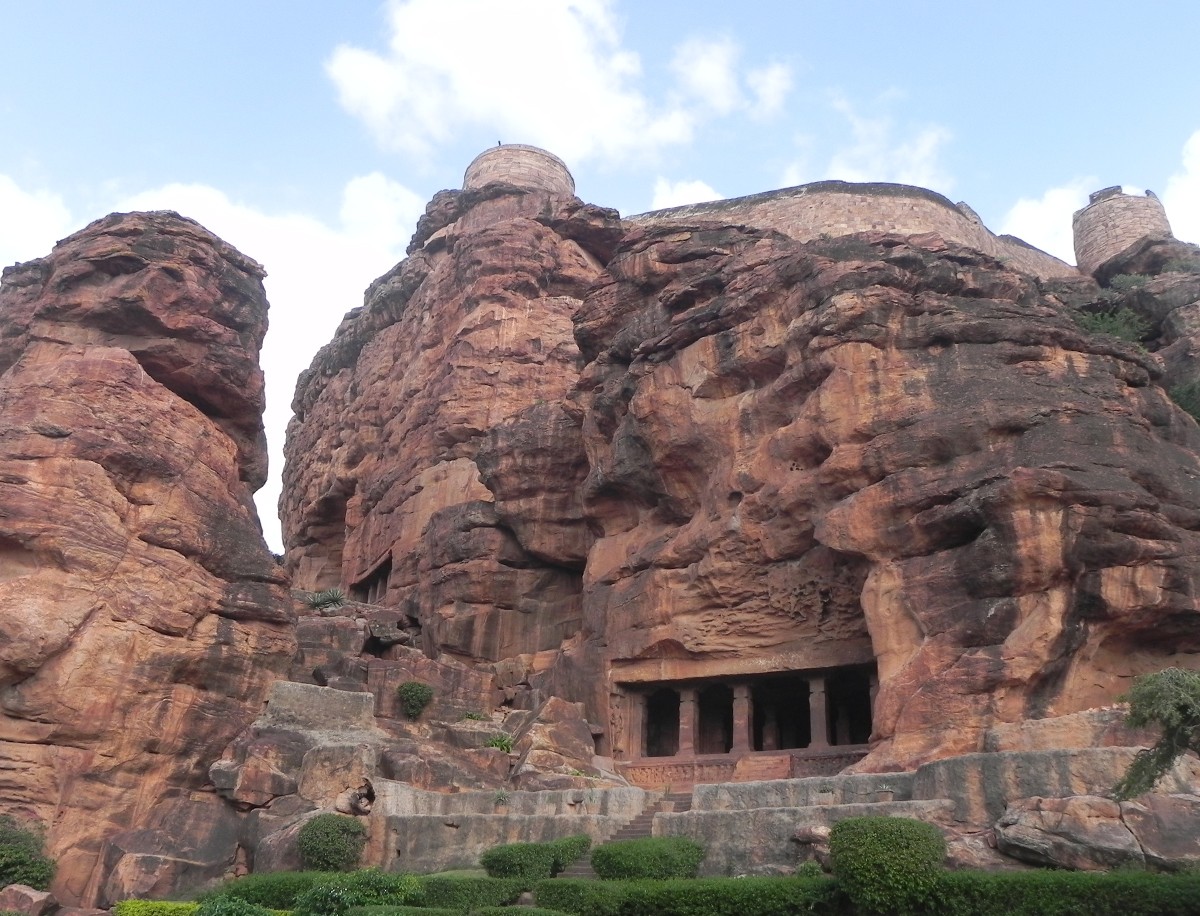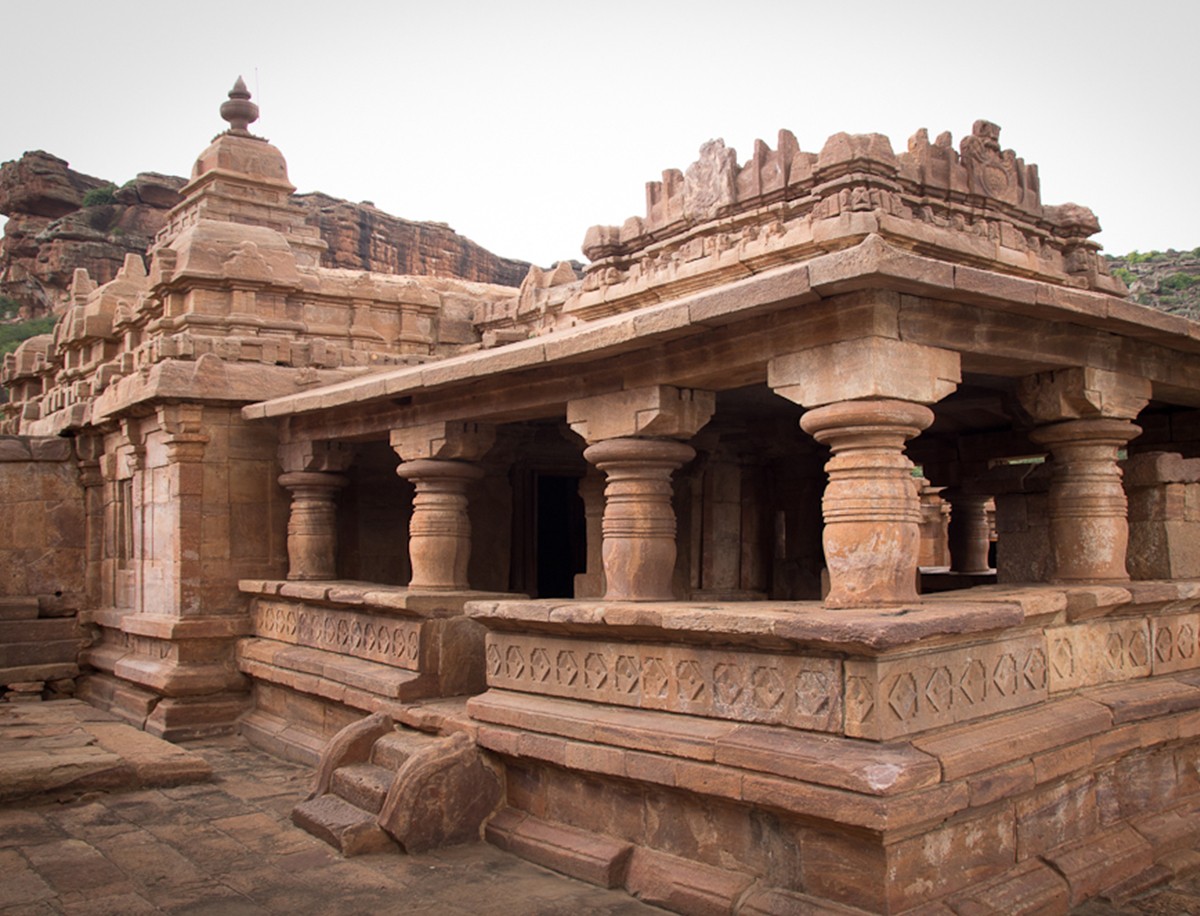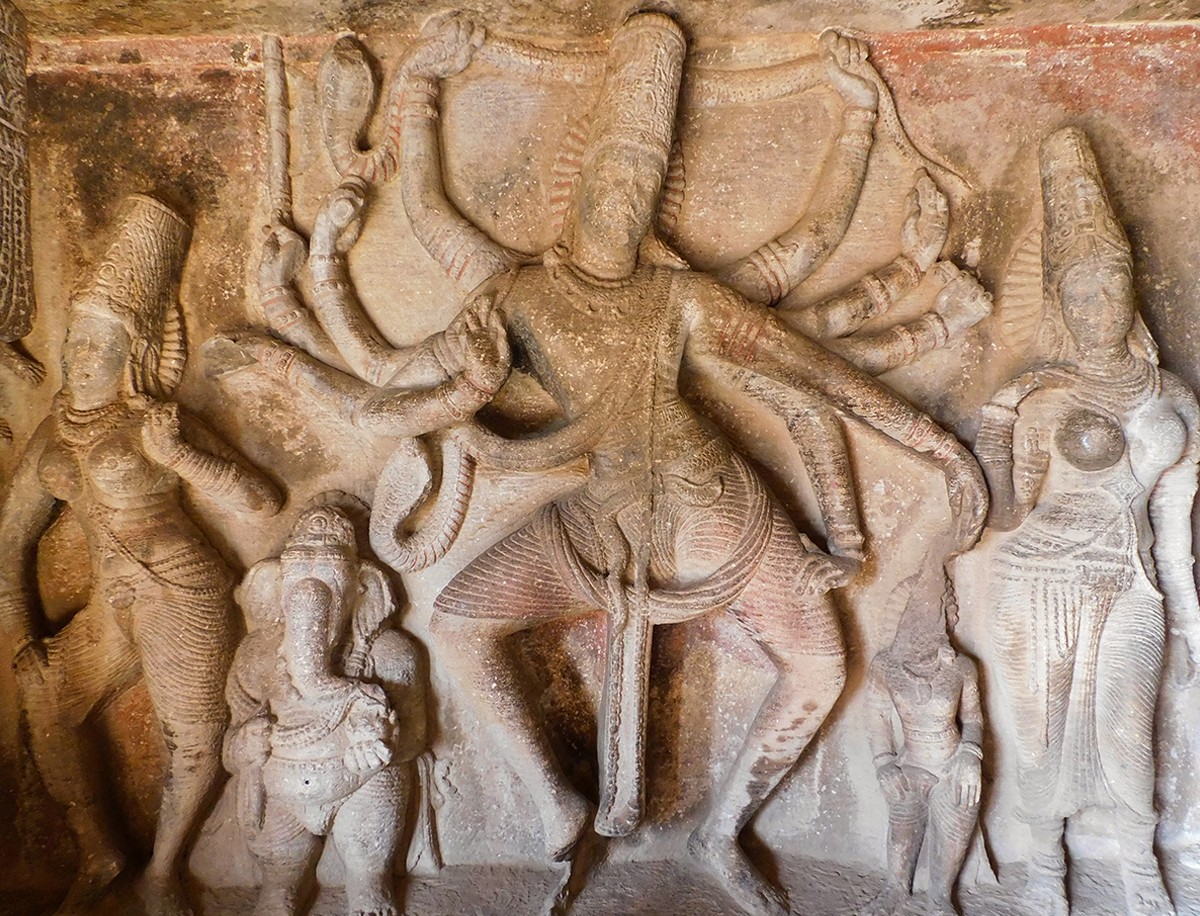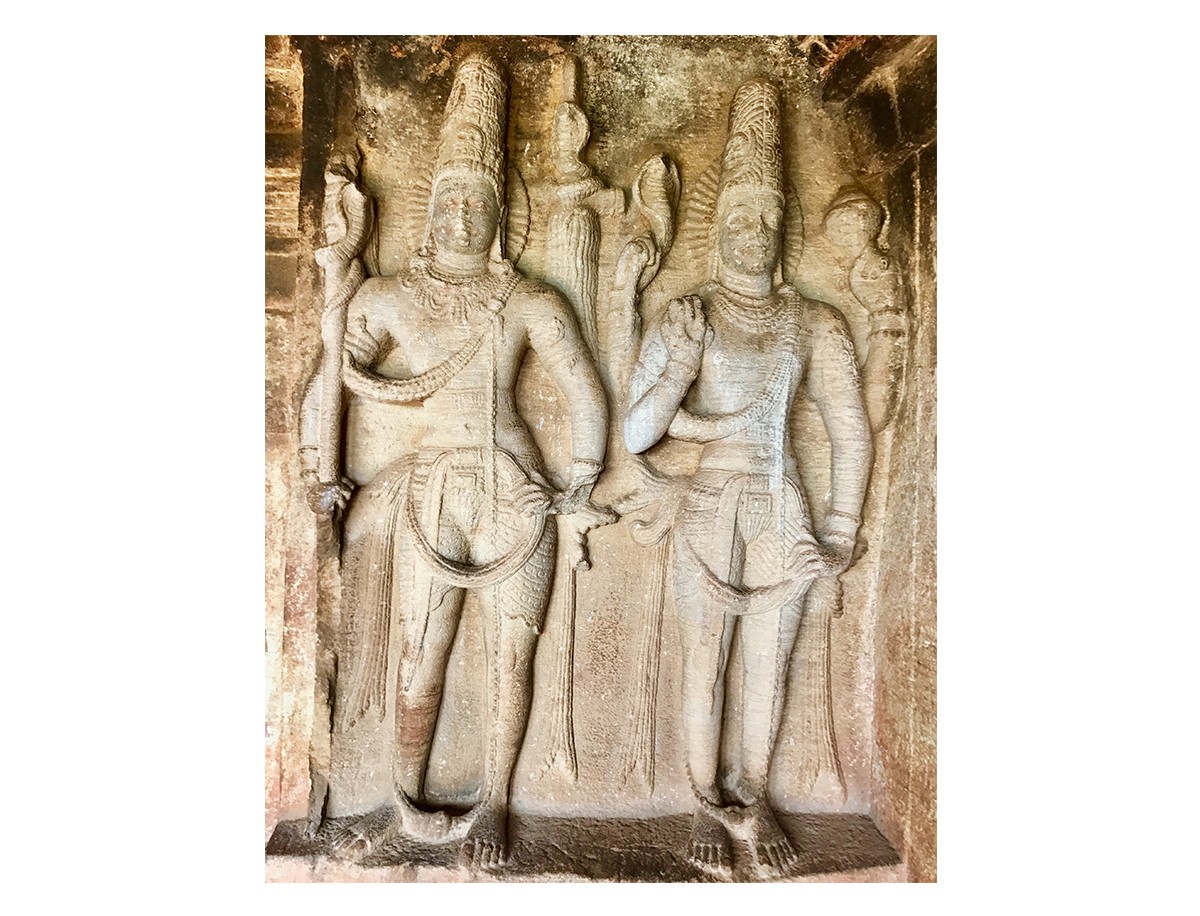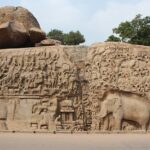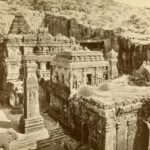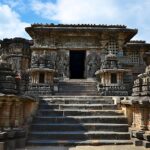Political Growth and Architecture in the Deccan
543 CE
The Chalukya dynasty takes control of Badami in present-day northern Karnataka and proceeds to establish a large empire over much of the Deccan region over the next century. The dynasty’s multiple parts and vassal states become the first empire in the region after a string of small but influential kingdoms and their architectural patronage set a stylistic precedent for Dravidian temples in the northern Deccan, with clear influences visible for several centuries at sites such as Pattadakal and Hampi. This Deccan architectural mode, known as the Vesara or Karnata Dravida style, is distinguished by its use of architectural modules to decorate structures.
Bibliography
Eaton, Richard M. A Social History of the Deccan, 1300–1761: Eight Indian Lives. Cambridge: Cambridge University Press, 2005.
Huntington, Susan L., and John C. Huntington. The Art of Ancient India: Buddhist, Hindu, Jain. New York: Weather Hill, 1985.
Salomon, Richard. Indian Epigraphy: A Guide to the Study of Inscriptions in Sanskrit, Prakrit, and the Other Indo-Aryan Languages. New York: Oxford University Press, 1998.
Singh, Upinder. A History of Ancient and Early Medieval India: From the Stone Age to the 12th Century. New Delhi: Pearson, 2016.
Feedback 
This entry appears in
Art in South Asia
Visit Timeline
Associated Timeline Events
First Published: March 11, 2024
Last Updated: May 20, 2024



